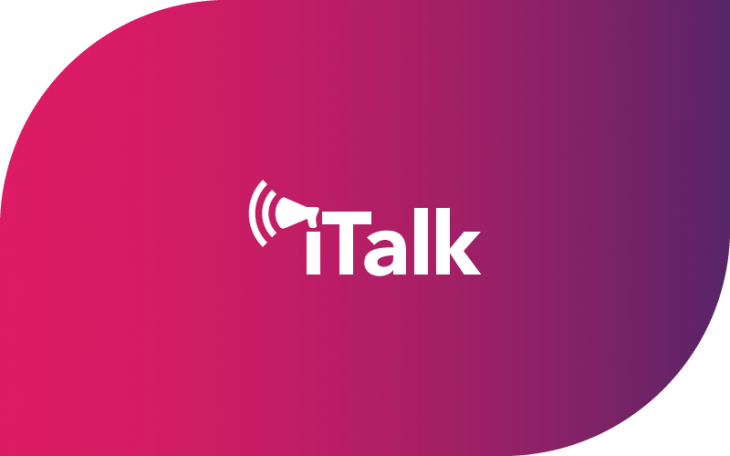Whenever I go anywhere — a lunch, a networking event, a fundraiser people are
constantly giving me business cards, sometimes often before they say ”hello”. We
put so much emphasis on these 2-by- 3 cards and for what? Do you think it’s
going to sell for you? Have you experienced the people who hand out so many
cards that you want to know where they get them printed so you can buy
stock? We also get this question from lots of our clients ”What title should we
put on our salespersons’ business cards? If we want them to be consultants, we
should say consultant. Or how about account manager?” I shake my head. They
don’t get it. Who cares? Its how you act, not what you say on your card, that
makes you a salesperson or a consultant. While we’re on the subject, let’s
address business cards in general. I don’t think the format has been changed in
100 years. Ask yourself, when you look for a business card, what are you looking
for 90 percent of the time? You know, so just say it: It’s the phone number. Lets start from the top. First and foremost, you should have a logo or name of your
company on the card. Top left corner or across the top is fine. No need to
scream across the card what your company name is. Don’t worry, we can see
it second to your name. Make it legible and large enough to read. This is one
of the most important things on your card. Third, the phone number. Why do we put the most important thing on the card in 6-point type that even with my granny glasses (no snickering) I still can’t see is beyond me. Make it easy to see. Big, bold, green … something. Finally, the fax number. When was the last time you pulled out a business card to fax something? You didn’t. You spoke to the person on the phone and they asked you to fax something, at which point you asked for their fax number. So leave it out. Business cards are what we hand out after we have a conversation with someone, not before, so force yourself to engage in conversation with someone first. Ask about their business, what they do, how long they’ve been doing it, etc. Don’t just hand out a card. Build relationships first by asking good questions. Try this: Pretend your business card is worth $100. If it were, you would make sure you didn’t just give it out like food samples in the grocery store. You would first see if there’s value. This mindset will force you to engage in conversation with people and begin to form a relationship with them through learning about them, not “telling” them about you, especially through the use of a business card. Isn’t this what you are
really looking for anyway?



















